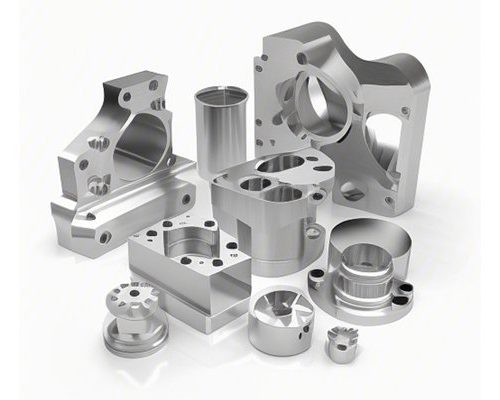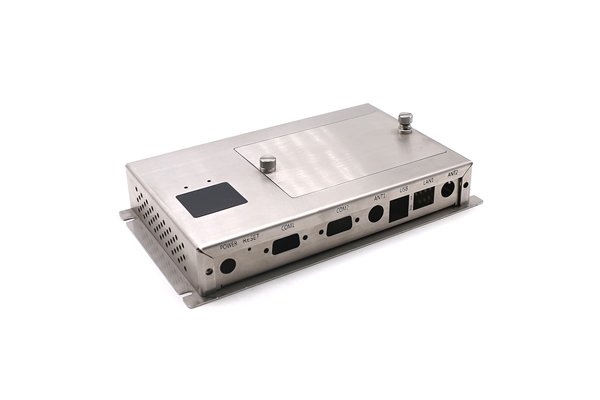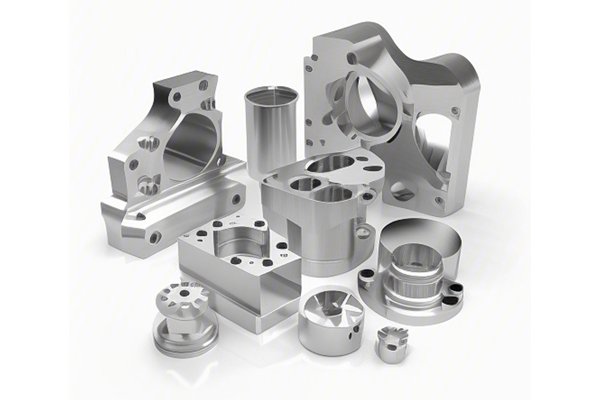Did you know that the global demand for composite materials is projected to reach over $150 billion by 2025? This dramatic increase is largely driven by their unique properties, which allow for lightweight, high-strength applications across various industries, including aerospace, automotive, and consumer goods. With the surge in composite material use comes an equally pressing need for advanced machining processes that can effectively handle these complex materials. In this blog, we will explore the differences in machining processes for various composite materials in CNC machining, uncovering techniques, challenges, and best practices to optimize production.
—
1.1 What are Composite Materials?
Composite materials are engineered materials made from two or more constituent materials with significantly different physical or chemical properties. The resulting material exhibits characteristics that are superior to those of the individual components. Composites are primarily made up of a reinforcement material (such as fibers) and a matrix material (such as resin) that bind and support them.
1.2 Types of Composite Materials
The most common types of composite materials include:
1.3 Importance of Machining in Composite Manufacturing
Machining is critical in composite manufacturing since it allows for precision shaping and finishing of components that must adhere to tight tolerances and surface finish standards. Effective machining can significantly influence the performance and durability of composite components in their end-use applications.
2.1 What is CNC Machining?
CNC (Computer Numerical Control) machining refers to the automated control of machining tools by means of a computer. CNC machines are capable of carrying out precise operations according to pre-programmed specifications, enhancing efficiency and accuracy.
2.2 Advantages of CNC Machining for Composites
Using CNC machining for composite materials offers numerous benefits, including:

2.3 CNC Machining vs. Traditional Machining
While traditional machining involves manual operations that can introduce errors, CNC machining provides more reliable, consistent results. CNC machines can work continuously and do not fatigue, leading to improved productivity compared to traditional methods.
3.1 Drilling
Drilling in composites requires specific drill bits (usually carbide) to avoid delamination. The drilling process should involve pecking cycles for deeper holes to reduce heat generation and maintain integrity.
3.2 Milling
Milling is one of the most common machining operations for composites. Routing and end milling are typical techniques. A rigid setup and optimized cutting speeds are crucial to prevent tool wear and ensure good surface finish.
3.3 Turning
Turning may be used for cylindrical composite parts. However, due to the brittleness of some composite materials, turning speeds must be carefully controlled to avoid damage.
3.4 Electrical Discharge Machining (EDM)
EDM is ideal for very hard composite materials. However, it may not be suitable for all composites since it requires a conductive path.
3.5 Waterjet Cutting
Waterjet cutting is a non-thermal process that is particularly effective for composite materials. It reduces the risk of thermal effects and allows for intricate shapes without damaging the material.
4.1 Tool Wear and Material Removal
Composite materials can be abrasive and hard, leading to rapid tool wear. Selecting the right tool materials and designs is critical to mitigate this issue.
4.2 Delamination
Delamination can occur during machining, especially when layers of a composite separate. Proper tool geometry and machining parameters are essential to minimize this risk.
4.3 Workpiece Rigidity and Stability
Composite materials can be more flexible than metals, which can affect the stability of the workpiece during machining. Securing the workpiece adequately is fundamental for optimal machining results.
4.4 Surface Finish and Tolerances
Achieving the desired surface finish and tolerances can be challenging with composite materials. Careful selection of machining parameters is necessary to ensure high-quality finished parts.
5.1 Tool Selection
Selecting the right tools—like diamond-coated or carbide tools—is vital for successful machining of composites. These tools are better suited to handle abrasive materials.
5.2 Machining Parameters
Parameter optimization, including feed rates and cutting speeds, is crucial. Generally, lower speeds and higher feeds can help reduce heat and prevent damage to the material.
5.3 Cooling and Lubrication
Using coolant or lubrication can help reduce cutting temperatures, prolong tool life, and improve the quality of the surface finish.
5.4 Post-Machining Treatments
Post-machining treatments, such as sanding, polishing, or applying coatings, can enhance the appearance and performance of the finished composites.
6.1 Aerospace Industry
Aerospace companies utilize CNC machining for composite components in aircraft to reduce weight while maintaining strength. Implementing strict quality control measures ensures component performance during flight.
6.2 Automotive Industry
Manufacturers in the automotive sector use CNC machining for composite parts, particularly in high-performance vehicles. This results in improved fuel efficiency and user safety.
6.3 Consumer Goods Industry
Consumer products increasingly incorporate composites for enhanced aesthetics and functional benefits. CNC machining helps achieve designs that appeal visually while meeting performance metrics.
7.1 Trends and Innovations
The industry is moving towards more automated systems and advanced materials that could integrate with smart technology for real-time monitoring and adjustments.
7.2 The Role of Automation and AI
Advancements in AI and machine learning can enhance machining processes, optimize machining parameters dynamically, and improve overall production efficiency.
In summary, understanding the differences in machining processes for various composite materials is essential for manufacturers seeking to leverage the advantages of composites. From drilling and milling to advanced manufacturing techniques like waterjet cutting, each process has its own set of challenges and best practices.
Implementing the insights covered in this blog can help businesses optimize their machining processes for composite materials, resulting in higher quality products, reduced waste, and enhanced efficiency. As we move forward into an increasingly composite-driven manufacturing landscape, staying informed about these practices will be crucial for engineers, machinists, and industry professionals alike.
Remember, the future belongs to those who innovate and adapt. By staying updated and embracing best practices, your business can thrive in this evolving market.*



